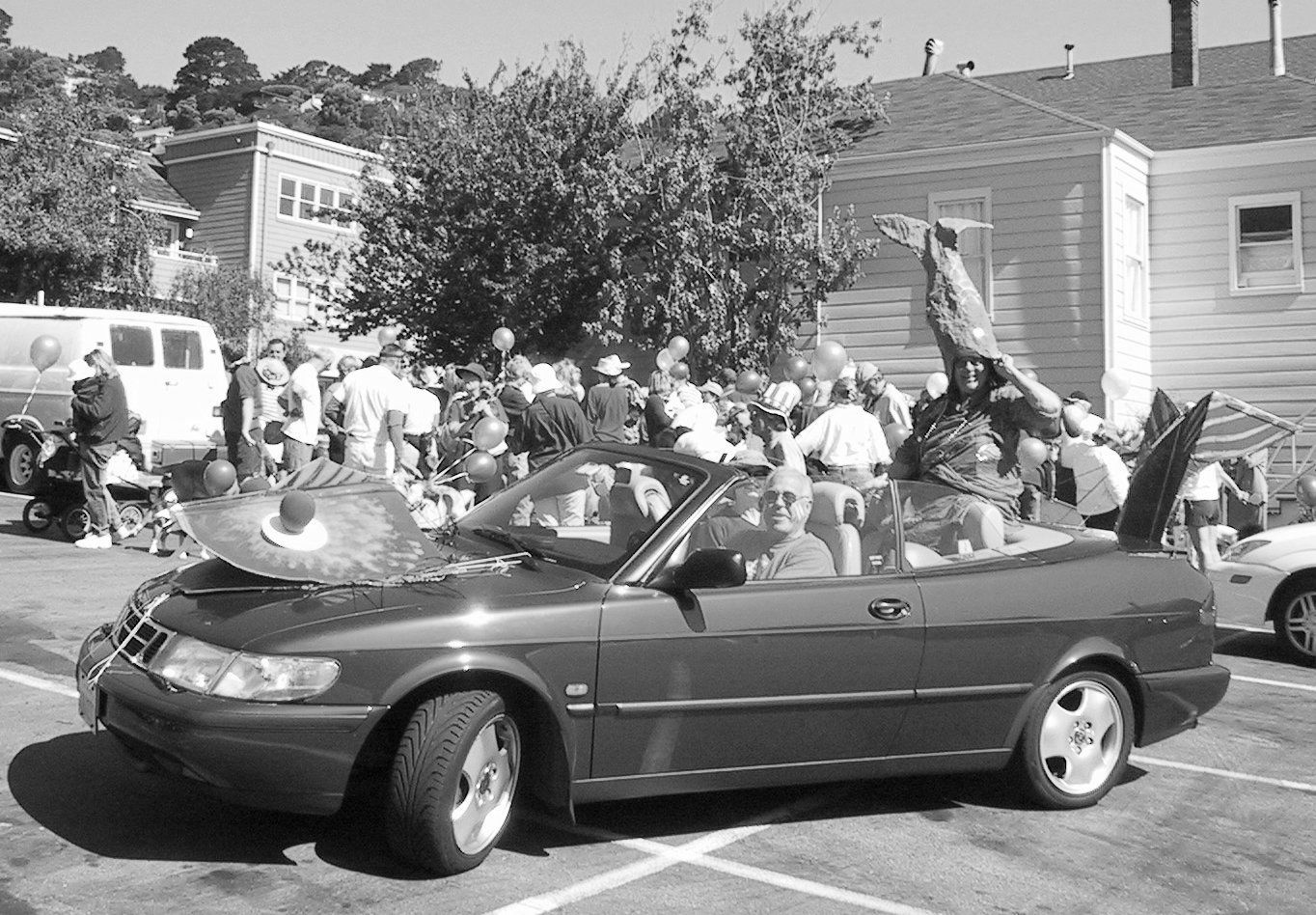The Art Festival and the Voodoo Do
 Friday, September 13, 2013 at 06:47PM
Friday, September 13, 2013 at 06:47PM By Larry Clinton, President
While schlepping garbage at the Art Festival on Labor Day weekend, I got to wondering about how this whole thing got started. At the Historical Society’s Research Room, I found some old publications from 1959, which gave me an idea of how far the Festival has come.
In August of that year, a periodical called Marin This Month reported that Sausalito’s fifth Outdoor Art Festival was scheduled for the weekend of August 8 and 9.
Two hundred artists were slated to participate. “Democratically,” stated the article, the festival would include “hobby painters, many of whom display their efforts for the first time. Prices of paintings range from $5 to $500.”
According to Marin This Month, in 1959 the festival was non-juried, “on the theory that juries tend to uniformity in taste and reflect too specifically the judges. For this show each artist may display whatever among his work he wishes; the general public decides the merits in each particular rapport between artist and purchaser.”
Entertainment included folk and jazz singers, poets, dancers and performances by the Sausalito Little Theatre summer program and Les Abbott’s Gate Theatre Players.
The publication noted that the previous year’s festival “broke all records for such shows in Marin County -- over 25,000 people thronged Sausalito, to the delight of artists and merchants alike.”
Admission in those days was free.
Meanwhile, down on the waterfront, another outdoor event was offering alternative entertainment,
“Rakishly named the Voodoo Do,” according to Marin This Month.
Entrepreneurs of the Voodoo Do were members of the Sausalito Preservation Association, “a group recently formed to protect the rights of waterfront residents. (‘If legal battles fail, maybe witchcraft will prevail,’ murmured one waterfronter.)
The Do was held at Gate 3 opposite the Nevada Street bus stop and featured an open air dance ("Come dance a Zom-balino"). Other entertainment included folk singers and dancers, jazz bands and something called “boo-bam combos,” which evidently didn’t need any explanation back in the day. Night club comedienne Phyllis Diller, who was appearing at the Purple Onion in San Francisco, also appeared. Booths sold such arcane items as “wax images, demon cosmetology, charms to ward off civic Babbittry and fetishes for young and old.”
Since the Voodoo Do was a fund raising affair, admission was charged: $1 for adults, 25 cents for children.
My, how times have changed.
Phyllis Diller during her Purple Onion days.
Photo from Google Images




